IPC-9257, Testing Flexible Printed Electronics
As digital technology rapidly evolves, the role of electronics in our day to day lives and industries becomes vaster and more usable. Flexible printed electronics enable…
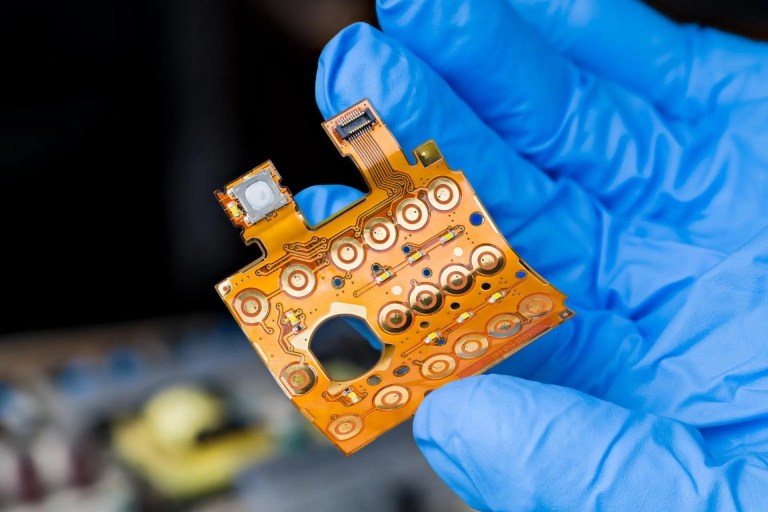
As digital technology rapidly evolves, the role of electronics in our day to day lives and industries becomes vaster and more usable. Flexible printed electronics enable…
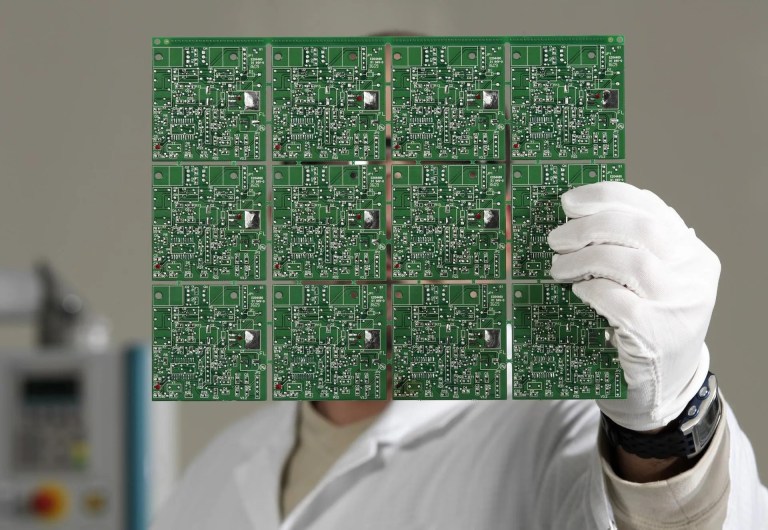
Determining the current-carrying capacity of printed circuit boards (PCBs) is critical for reliable and safe operation. This process assures that traces can handle the required…
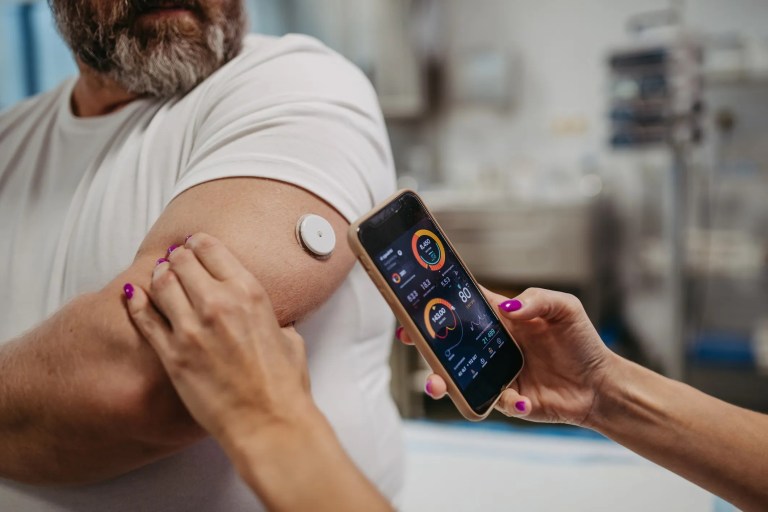
A growing number of people with diabetes are turning to wireless diabetes devices to monitor and manage their condition in an automated fashion. As diabetes…
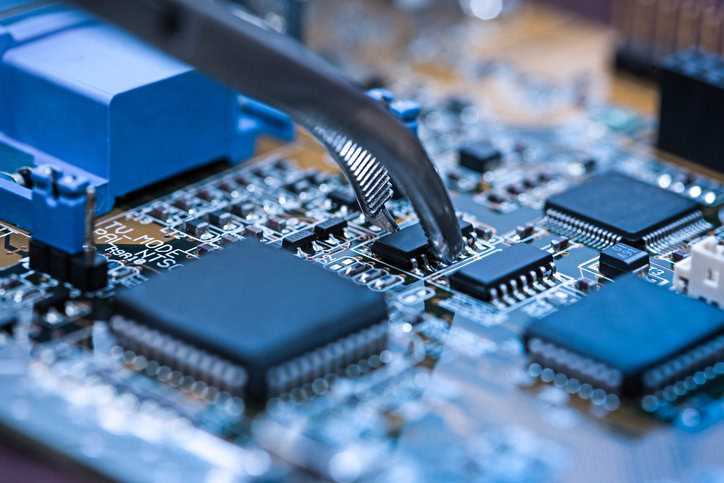
“This is unacceptable!” is something you might scream at your computer in frustration. However, there is a clear set of acceptability criteria for electronic assemblies….
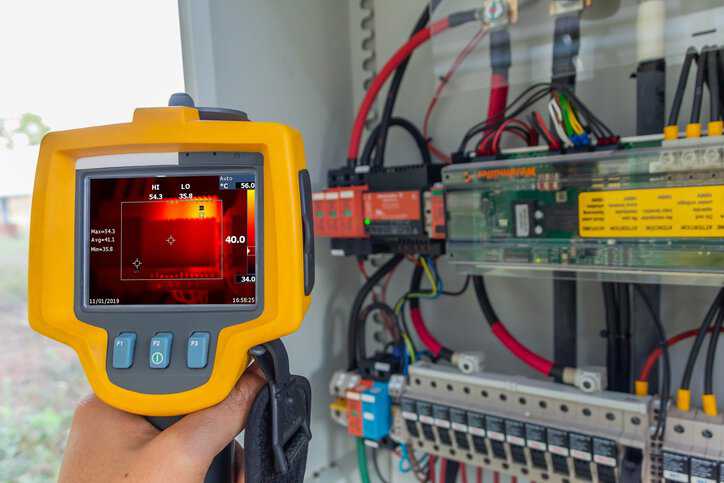
Thermal testing is a method of testing a material’s ability to operate safely at different temperatures. Data gathered by thermal tests allow users of products to…
What if we could use the human body itself to transfer and collect information? This area of research is known as human body communication (HBC,…

What is EPEAT? The Electronic Products Environmental Assessment Tool (EPEAT) program assists high-performance, sustainable electronics purchasers. As the leading global Type 1 ecolabel, it covers…
Three-dimensional (3D) semiconductor components designed through monolithic, or sequential, fabrication—the process of vertically stacking two or more semiconductors for wire-bond assembly—present new options for computer…

Video games, like most other forms of entertainment and technology, have immensely improved throughout their relatively recent history, generally taking what has worked well in…